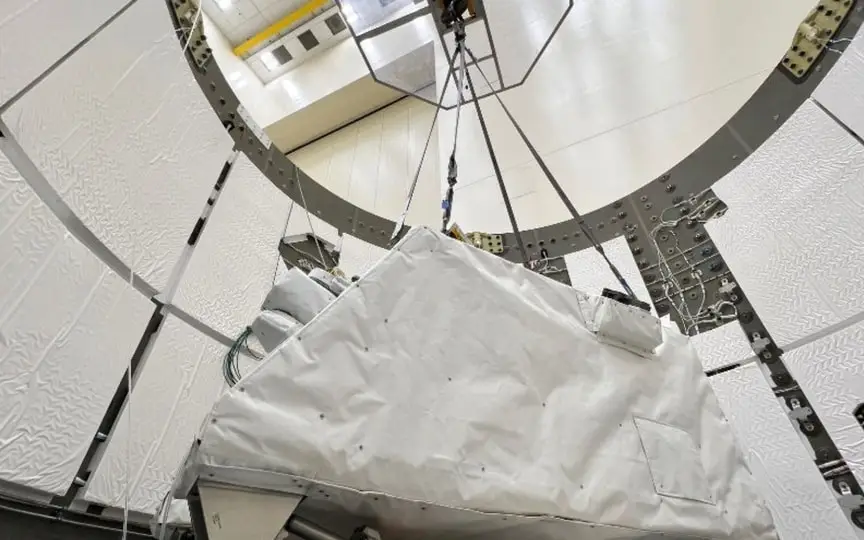NASA Tests Laser Communications System on International Space Station with ILLUMA-T Experiment
In November, NASA will demonstrate the capabilities of laser communications for space missions by sending the ILLUMA-T payload to the International Space Station (ISS). This groundbreaking technology will greatly improve data transmission, enabling faster and more effective communication between the ISS and Earth. This advancement will greatly benefit researchers and the field of space exploration.
- NASA is developing laser communications technology through missions such as ILLUMA-T (Integrated Laser Communications Relay Demonstration Low Earth Orbit User Modem and Amplifier Terminal) to improve communications from space.
- Laser communication uses invisible infrared light to enable higher data transfer rates, allowing spacecraft to send more data back to Earth in a single transmission, benefiting scientists.
- Managed by NASA’s Space Communications and Navigation Program, ILLUMA-T will demonstrate a two-way laser communications relay when installed on the International Space Station (ISS).
- ILLUMA-T’s optical module, equipped with a telescope and gimbal, monitors the Laser Communication Relays Demonstration (LCRD) in geosynchronous orbit. The payload is about the size of a microwave oven.
- ILLUMA-T transmits data from the ISS to the LCRD at a speed of 1.2 gigabits per second, which then transmits the data to optical ground stations in California or Hawaii.
- Data from these ground stations is routed to the LCRD Mission Operations Center and then to the ILLUMA-T ground operations teams at NASA’s Goddard Space Flight Center in Maryland for quality assessment.
- The goal of the collaboration between ILLUMA-T and LCRD is to improve the space communication capability and possibly become a functional part of the ISS, which enables higher data transfer speeds.
- 8. Historically, the ISS relied on radio frequency relay satellites, but laser communications offer a significant improvement in data transmission.
- Laser communication holds great promise for scientists conducting experiments on the ISS, providing faster data transfer and the ability to send more data back to Earth.
- NASA’s goal is to integrate laser communications into its space communications networks, benefiting both near-Earth and deep space.




